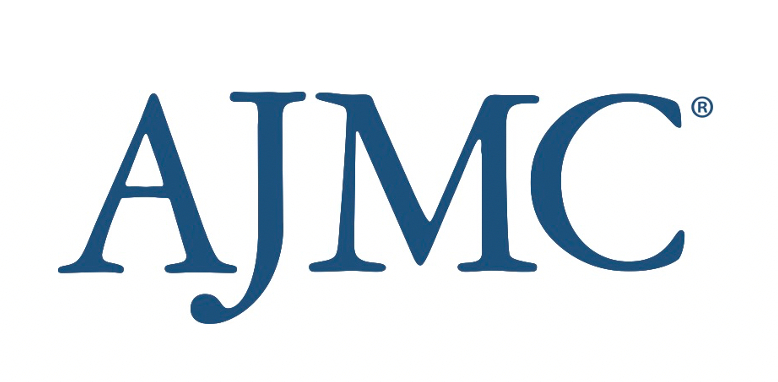
@ShahidNShah


Despite the increase in utilization of digital tools in health care, there are widening inequities in access to digital technology, referred to as the digital divide, that particularly affect patients who are linguistically diverse and experience socioeconomic barriers.1,2 Safety-net health systems, which consist of public hospitals, federally qualified health centers, and publicly funded community-based health care entities, deliver a significant level of health care services to these populations in addition to those who are low-income, uninsured, receiving Medicaid, from minority racial and ethnic groups, and limited English proficient (LEP) who are historically and contemporarily at risk for health disparities.
Navigators highlighted older patients’ interest in learning to use digital tools and the need for support in digital health engagement. In describing their work with patients, navigators drew on their lived experiences with family and community to connect with these older patients in the Los Angeles safety-net health system. The lessons learned from these navigators can inform digital health engagement in other safety-net health settings so that they are more inclusive for older patients.
Continue reading at ajmc.com
The latest webinar for HealthLeaders' The Winning Edge series was held yesterday on the topic of bolstering clinical care technology.Artificial intelligence is the hot topic in clinical care …
Connecting innovation decision makers to authoritative information, institutions, people and insights.
Medigy accurately delivers healthcare and technology information, news and insight from around the world.
Medigy surfaces the world's best crowdsourced health tech offerings with social interactions and peer reviews.
© 2025 Netspective Foundation, Inc. All Rights Reserved.
Built on Dec 16, 2025 at 4:23am